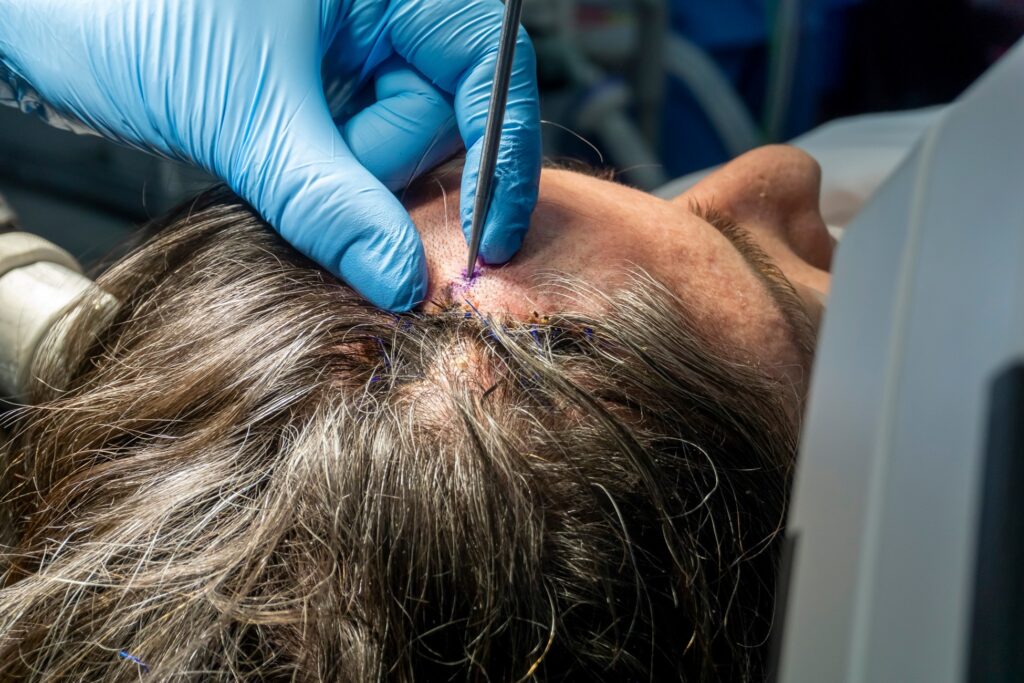A craniotomy is a type of surgery you might not often hear about, but it can be crucial for some medical conditions. It’s a procedure where part of the skull is removed to access the brain. Learning about craniotomy is important, especially if it’s something you or a loved one is facing. Understanding what happens before, during, and after the surgery can help ease anxiety and prepare patients and their families for the journey ahead. Let’s dive into the essentials you need to know about craniotomy.
Defining Craniotomy: The Basics
A craniotomy involves a surgical operation where a surgeon removes a small part of the skull to operate on the brain. The bone is safely put back after the procedure. This surgery might sound intimidating, but it’s often necessary to treat various brain issues effectively.
Here are some situations where a craniotomy could be needed: – Brain tumors: Removing tumors that are affecting brain function. – Aneurysms: Fixing bulging blood vessels in the brain that could burst. – Injuries: Addressing severe head injuries that need direct brain access. – Infections: When infections reach the brain and require direct treatment.
There are different types of craniotomies, each tailored to the specific problem. For instance, a “burr hole” might be used for smaller operations, while a “stereotactic craniotomy” uses precise imaging to target exact brain areas. Options depend on what’s safest and most effective for the patient.
Reasons for a Craniotomy: Medical Necessities
Various conditions make a craniotomy a necessary medical step. Common reasons include:
- Brain tumors: Accessing and removing or reducing brain tumors to restore or maintain function.
- Blood clots: Removing clots that might form after a stroke or traumatic injury.
- Epilepsy: When other treatments fail, a craniotomy can help control seizures.
When doctors decide on this surgery, they look at several factors: – Urgency: How quickly the condition must be addressed. – Overall health: Whether the patient is strong enough for surgery. – Expected benefits: How the surgery could improve life quality or save their life.
These factors help surgeons and families choose the best path forward, offering the highest chance for a successful outcome.
Preparing for Your Craniotomy
Preparing for a craniotomy involves several vital steps to ensure readiness.
- Medical tests: Blood tests, imaging scans, and possibly an ECG are done.
- Consultations: Doctors discuss what will happen and answer any questions.
- Personal preparations: Patients may need to adjust their medication and refrain from eating before surgery.
Doctors give specific instructions and guidance to ensure the patient is ready for a safe surgery.
The Craniotomy Procedure: Step-by-Step Guide
Entering the hospital for a craniotomy begins with several preparatory steps:
- Hospital protocols: Patients are checked in and prepped for surgery, which includes checking vital signs and ensuring the patient has fasted as necessary.
- Anesthesia: Before surgery, patients receive anesthesia so they’re comfortable and pain-free. This is usually general anesthesia, meaning the patient is fully asleep.
- Head placement: The head is carefully positioned and held in place to allow precise surgical work.
- The surgery steps:
- The surgeon makes an incision in the scalp and removes a small piece of the skull.
- Using advanced tools, the surgeon operates on the targeted area within the brain.
- Once the necessary work is done, the surgeon replaces the bone section and closes the incision.
- Time and post-op: A craniotomy usually lasts several hours. After surgery, patients are moved to recovery rooms where they wake up and are closely monitored by medical staff.
Patients might stay in the intensive care unit (ICU) briefly, where their recovery progress is carefully watched. Understanding these steps can demystify the process and prepare patients for what to expect.
Risks and Complications: Understanding the Challenges
While a craniotomy can be life-saving, it does carry risks. Some possible complications include:
- Infection: Despite sterile environments, there’s a risk of infection.
- Bleeding: As with any surgery, minimizing bleeding is crucial.
- Swelling: Brain swelling needs careful management post-surgery.
Surgical teams work hard to prevent these issues, using protocols and advanced techniques to keep risks low and ensure safety.
Recovery and Rehabilitation: The Journey After Surgery
Recovering from a craniotomy is a gradual process. Immediately after surgery:
- Patients are monitored closely in the ICU.
- Medical staff check for any immediate complications.
Short-term recovery might involve: – Resting while the body heals. – Engaging in simple, guided physical therapy.
Long-term recovery can include: – Ongoing therapy to help regain full function. – Regular follow-up appointments with healthcare providers.
Patients should watch for signs like severe headaches or unusual symptoms and report these to their doctor quickly.
Empowering Patients and Families Post-Craniotomy
Before and after a craniotomy, patients and families can take steps to feel more in control:
- Ask questions: Speak with the surgeon about the procedure, recovery time, and potential outcomes.
- Home preparation: Arrange the home to facilitate recovery, making sure things like meals and rest spaces are easily accessible.
- Support resources: Seek out emotional support groups or counseling to deal with stress during this challenging time.
Conclusion: Navigating the Path Ahead
Craniotomy is a critical procedure but often has successful outcomes. Patients should engage actively with their medical team to understand the process and what happens after surgery. Knowing what the journey involves, staying informed, and having a strong support network can greatly empower patients and their families on this path to recovery.
Consult Sai Sankara Rao Brain and Spine Hospital today for expert care and comprehensive support throughout your recovery journey!



